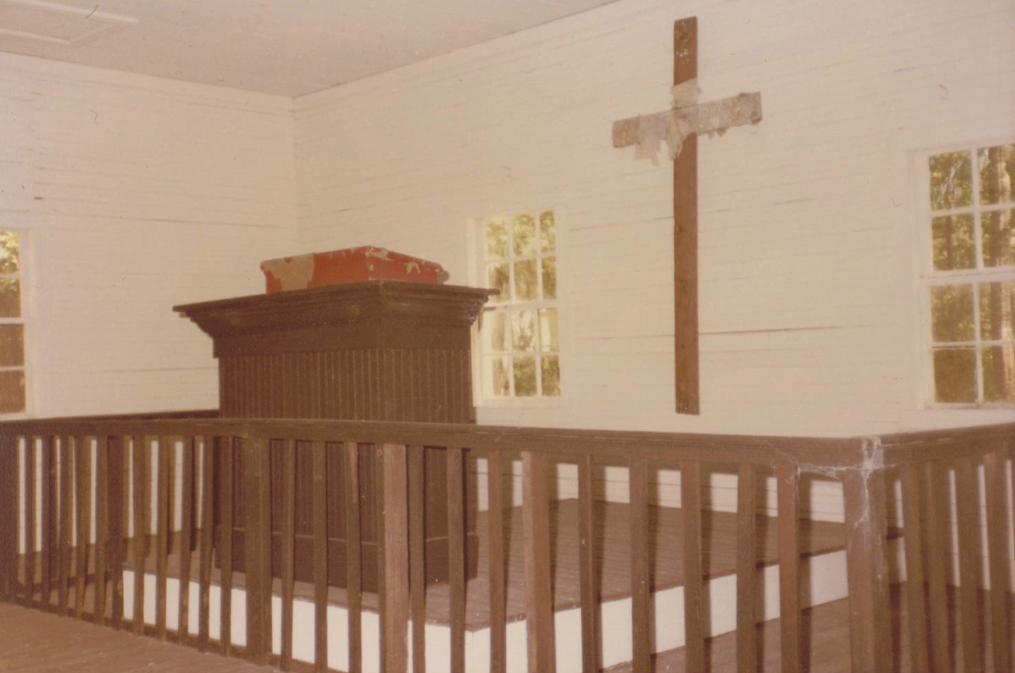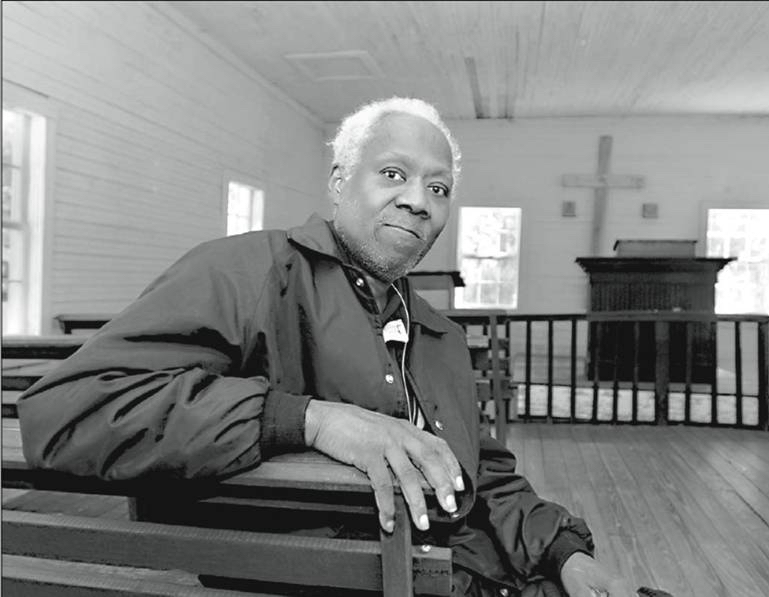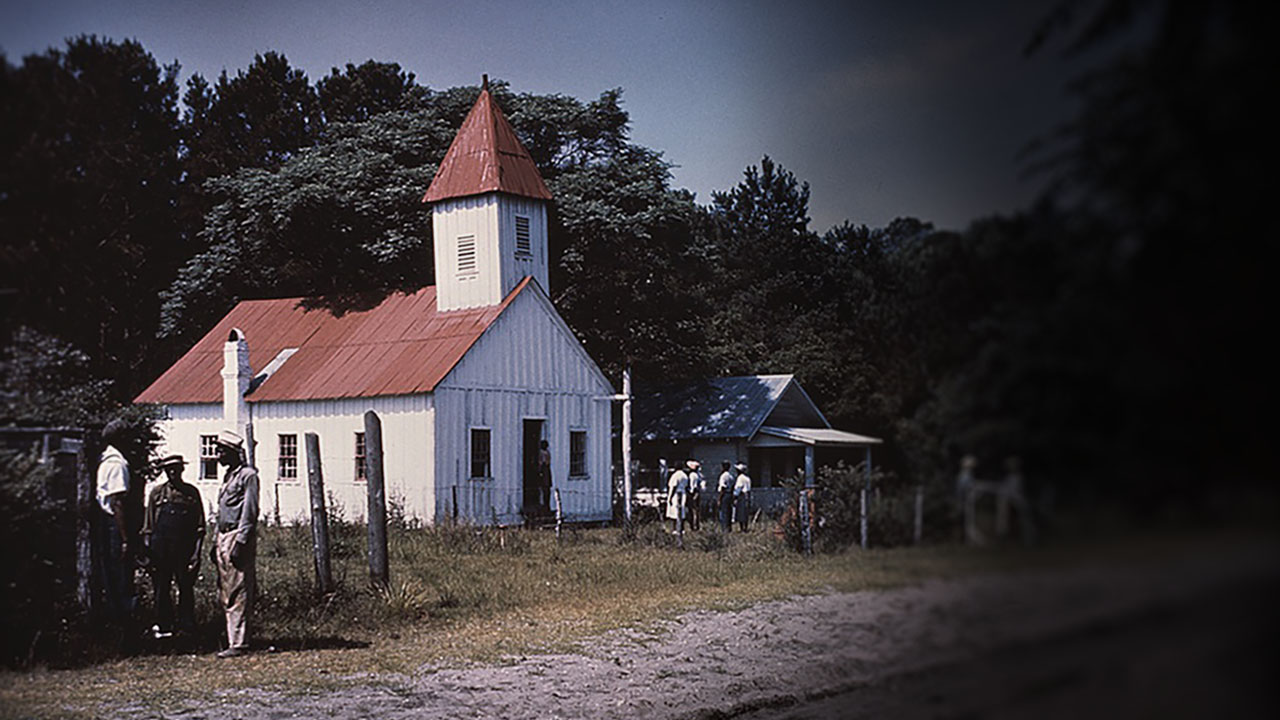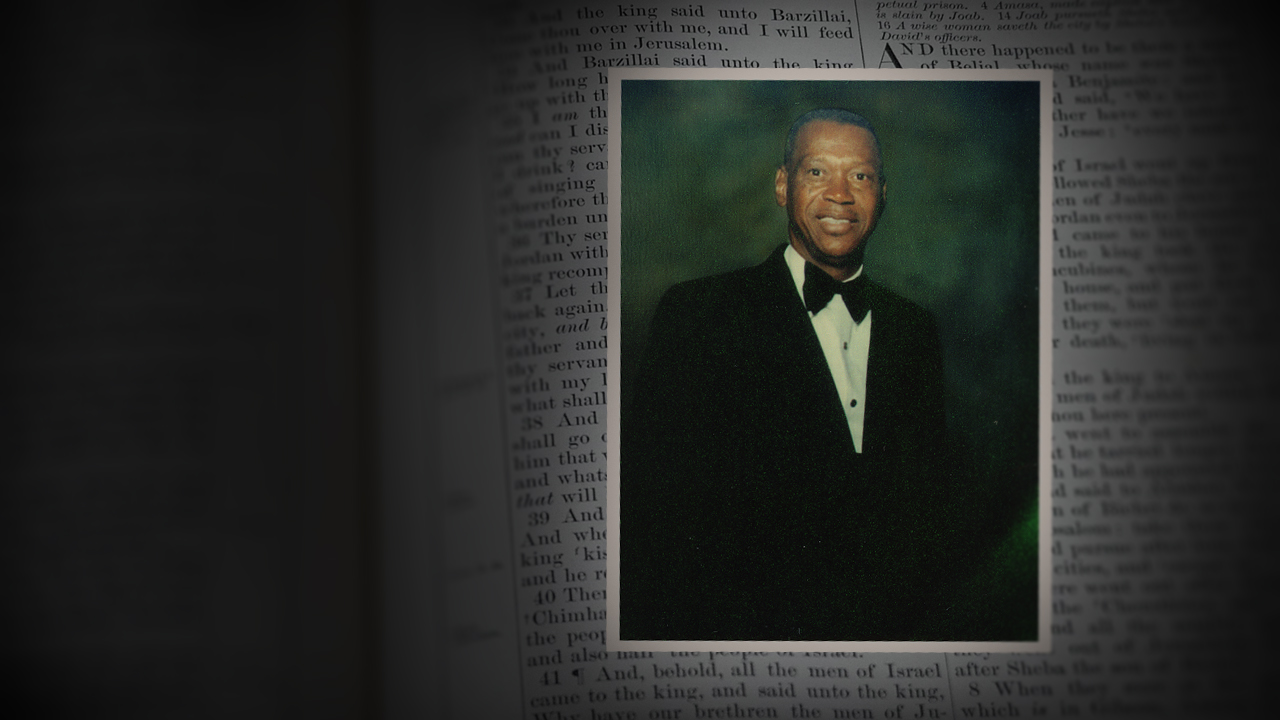Between its construction in the late nineteenth century and the final exodus of African-American residents from Hobcaw in the 1950s, Friendfield Church had a number of pastors from both AME and Baptist traditions. Moses Jenkins was the first.


Born in 1863 on the Waccamaw Neck, Moses Jenkins was a self-taught lay, or “broad-ax” preacher. By 1900 he was living in Friendfield Village.
He oversaw services attended by AME and Baptist congregations and was able to bridge the differences in worship traditions between the two.
This reenactment of a 1920s era church service features the Morning Star Singers of Georgetown, SC.
It was shot by SCETV in Friendfield Church for the film “The Half Pint Flask,” based on the 1929 story by DuBose Heyward.
This 1944 photo of Friendfield Church shows evidence of vibrant village life and an active congregation.
The pastors of this church, like many African-American clergymen, held positions of authority in the community.
This tradition of combined religious and civic leadership has it roots in West Africa.
Whereas the warrior-king was typical of Europe, much of black Africa was characterized by the priest-king, which gave the religious leader a high status in slave communities...The life forces were regulated by and passed-through the king-priest, whose importance was paramount; this helps explain the authority of the black preacher through slavery and later.
Slave Culture: Nationalist Theory and the Foundations of Black America

George Washington Bessellieu (1910 - 1983) preached at Friendfield Village Church and several other area churches.
A longtime supporter of the NAACP and the Southern Christian Leadership Conference, he campaigned for education and voting rights for African Americans.
When local black children were not permitted to ride the school bus he purchased a bus and transported them until the state provided school buses for black students.
Through personal funds and church associations, he gave generously to several black colleges.

To return to the trail click Next Stop
To return to the Friendfield Church click
